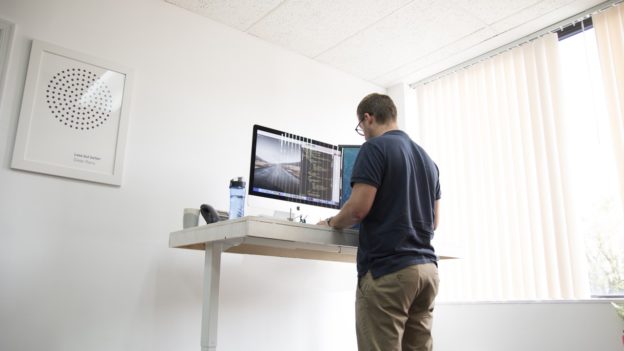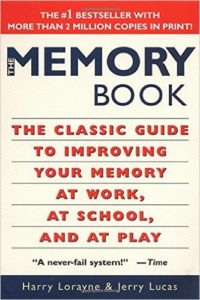Feature 03 Ventilation Effectiveness
- Part 2: Demand Controlled Ventilation
- Threshold for applying feature: Use for spaces that are both:
- Larger: > 500 sq. ft. (46.5 sq. m.)
- Denser: > 25 people / 1000 sq. ft. (93 sq. m.)
-
Keep CO2 levels below 800 ppm.
- Threshold for applying feature: Use for spaces that are both:
Feature 13 Air Flush
- Part 1: Air Flush
- 2 Options:
- 1-flush routine:
- Before occupancy: Flush with 14,000 cu. ft. of air / sq. ft. (4500 m3 of air per m2)
- 2-flush routine:
- Before occupancy: Flush with 3500 cu. ft. of air / sq. ft. (1066 m3 of air per m2)
- After occupancy: Flush with 10,500 cu. ft. of air / sq. ft. (3200 m3 of air per m2)
- Post-occupancy: Also need to provide fresh air: constant 0.3 CFM of air / sq. ft. (0.1 m3 / minute)
- 1-flush routine:
- 2 Options:
Feature 18 Air Quality Monitoring and Feedback
- Part 3: Environmental Measures Display
- Realtime displays (1 display / 10,000 sq. ft. (930 m3) for occupants, measuring:
- Temperature
- Humidity
- Carbon dioxide
- Realtime displays (1 display / 10,000 sq. ft. (930 m3) for occupants, measuring:
Feature 23 Advanced Air Purification
- Part 2: Air Sanitation:
- Threshold for applying feature: Space has more than 10 regular occupants
- Treat re-circulated air with either:
- Ultraviolet radiation
- Photocatalytic oxidation
Feature 26 Enhanced Material Safety
- Part 1: Precautionary Materials Selection
- Meet materials standards for one (or more) of the following standards:
- Living Building Challenge Materials Petal (all imperatives)
- 25% of products by cost (including furniture and finishes) meet either of these standards (or a combination of these):
- Cradle-to-Cradle Material Health Certification
- GreenScreen
- Meet materials standards for one (or more) of the following standards:









